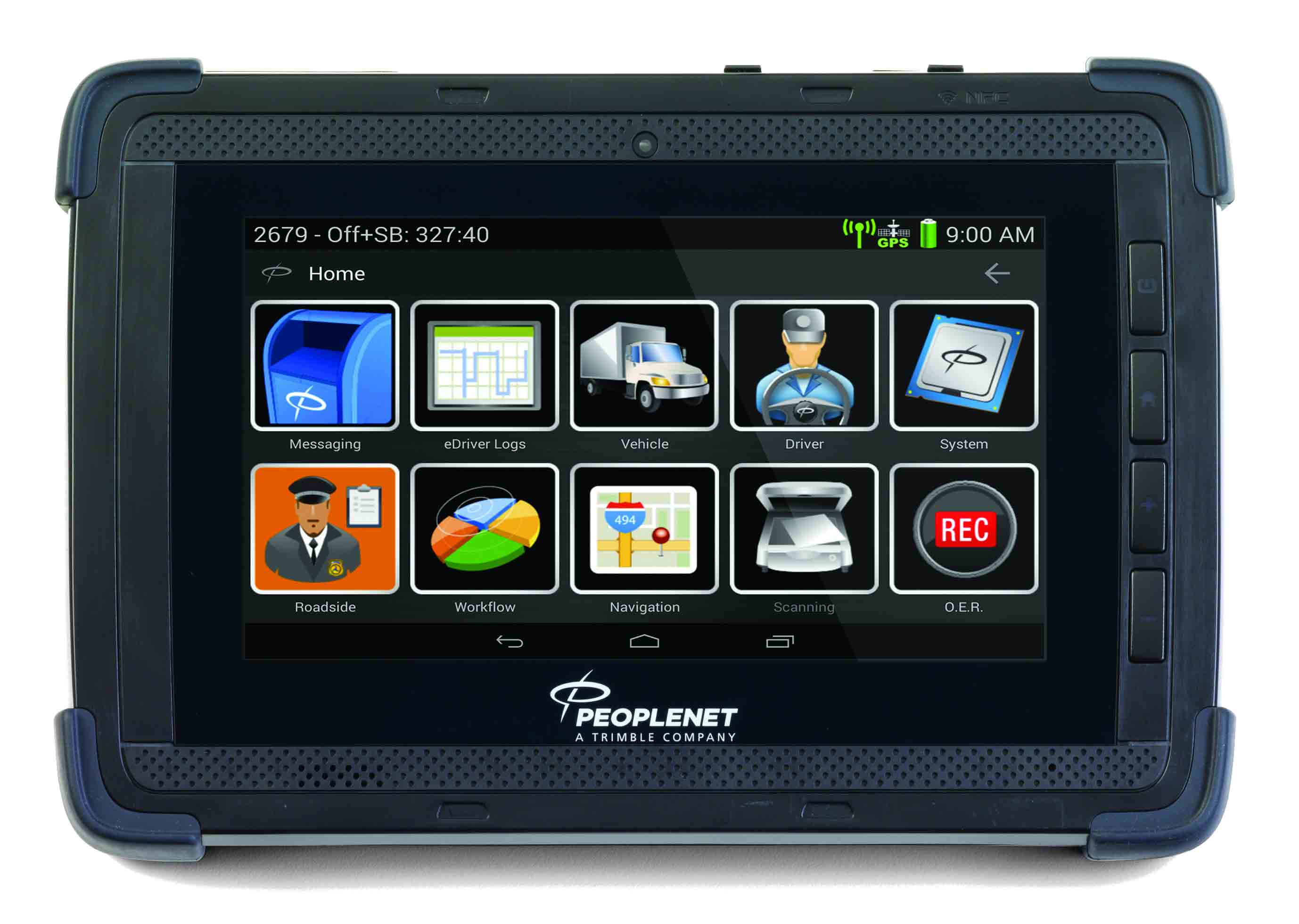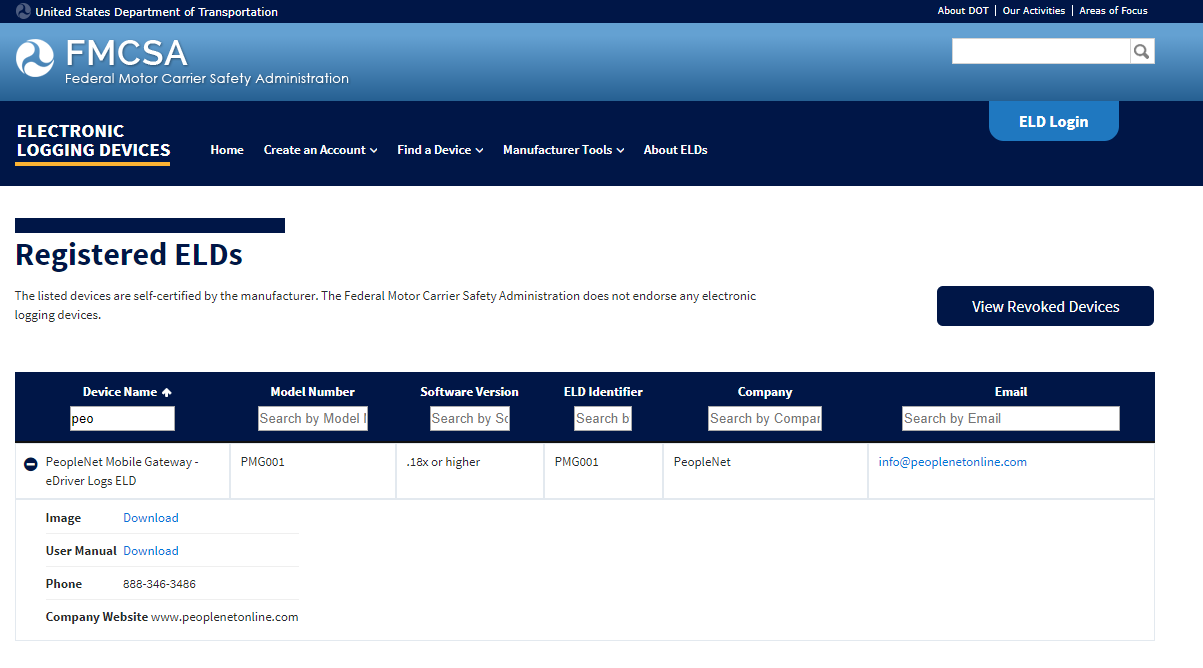
ELD Regulation
The electronic logging device (ELD) rule – congressionally mandated as a part of MAP-21 – is intended to help create a safer work environment for drivers, and make it easier and faster to accurately track, manage, and share records of duty status (RODS) data. An ELD synchronizes with a vehicle engine to automatically record driving time, for easier, more accurate hours of service (HOS) recording.
ELD Timeline
Phase 1:
Awareness and Transition Phase: The two-year period following publication of the ELD rule February 16, 2016 to December 18, 2017.
Phase 2:
Phased-In Compliance Phase: The two-year period from the Compliance Date to the Full Compliance Phase (four years following ELD rule publication) December 18, 2017 to December 16, 2019.
- During this period both AOBRDS and ELD can be used.
- AOBRDS (Automatic On board Recording Devices) these devices are not connected to the ECM of the truck and are considered “old style” e-logs.
Phase 3:
Full Compliance Phase: After December 16, 2019 all drivers and carriers subject to the rule must use certified ELDs that are registered with FMCSA.
Triple Eight is fully Compliant with ELD
We are compliant for the final phase of ELD now.

Impact of ELDs
Capacity Crunch
- Many carriers have decided to wait to see if the ELD regulation would be over turned before purchasing hardware.
- Now products are on back order and carriers cannot get the hardware in time to meet the phase 2 to deadline of Dec 18, 2017
- Carriers and Drivers will have to abandon / suspend their cross border operations until they are compliant.
- Some carriers will continue to operate in violation of the regulations hoping to just not get caught while operating with non-approved ELD or no ELD at all.
- All Triple Eight cross border drivers have been trained and our fully compliant with the ELD rule.
Productivity loss
- Classic productivity was between 550-650/mile per day pending area of operation.
- Analysts are predicting changes to around 450-550/mile per day
- Loads in the 550-600 mile range stand a high chance of needing an extra day for service.
- Detention Time at Shipper /Receiver
- In the past drivers have absorbed this time and worked around it within the flexibility of their paper log. ELD’s remove this ability and no longer allow driver to adjust to a delay because once the start their log book it can’t be stopped.
Parking Issues
- Will driver be able to park at receiver or shippers location when they arrive early? Not being able to park at a shipper or receiver`s may force the driver to miss an appointment as his/her hours may be up for the day by the time the shipper / receiver is ready. If not parked on site the appointment will be missed.
- Truck stop parking – is already at a level where drivers need to book and pay for reservations for parking in advance to ensure they have a spot to park
- With only so many reservations available the rest of parking is first come first serve. This is time that driver have classically not logged when they are off the interstate looking for parking. With an ELD they cannot do that. They will need to sacrifice anywhere from 30-60min of driving time per day to ensure they have time to find a place to park when taking their daily 10 break.
Consequences
- Loss productivity
- Increased cost structure
- Decreased carrier flexibility
Required Changes
- Increased Shipper / receiver flexibility
- Reduced waiting time or increased detention charges
- Overall rate increases
Contact Address
- 30697 Marshall Rd Abbotsford BC V2T6J7
Mailing Address
- PO BOX 658 , Station A, Abbotsford V2T 6Z8




